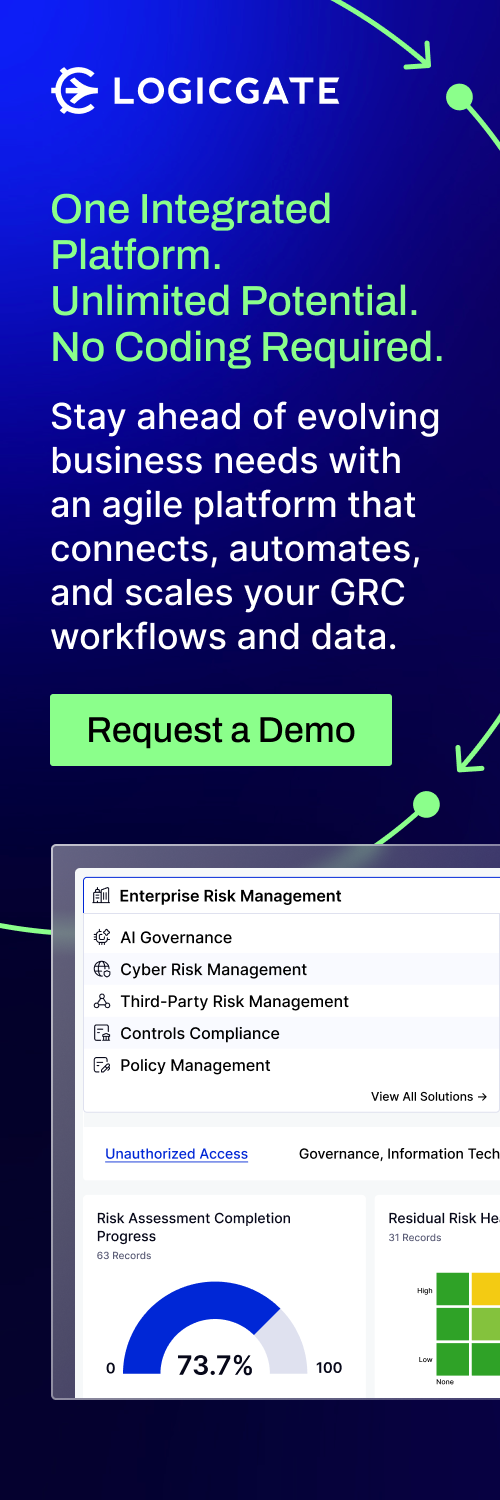A recent analysis of 141 million compromised files from 1,257 breach incidents, detailed in Lab 1’s Anatomy of a Data Breach report, underscores the growing threat of data breaches in today’s digital landscape.
While this figure may seem modest compared to the 16 billion login credentials circulating in criminal databases or the 184 million plaintext passwords recently exposed, its significance lies in the type of data compromised. Unlike typical breaches focusing on structured data like credentials, this analysis highlights the dangers of unstructured files, which include high-value assets like cryptographic keys, customer account data, and sensitive commercial contracts. Lab 1’s CEO, Robin Brattel, emphasized that this is the largest content-level analysis of breached datasets ever conducted, revealing critical vulnerabilities organizations can no longer ignore.
The findings are staggering: financial documents appeared in 93% of incidents, making up 41% of analyzed files, while bank statements and International Bank Account Numbers were present in 49% and 36% of breaches, respectively. Customer and corporate personally identifiable information (PII) was exposed in 82% of cases, with 67% involving customer service interactions and 51% including email leaks containing U.S. Social Security numbers. Additionally, cryptographic keys, capable of bypassing authentication, were found in 18% of breaches, and code files comprised 17% of exposed data. Brattel warns that cybercriminals are acting like data scientists, leveraging these insights for targeted attacks and fraud. This underscores the urgent need for organizations to understand the scope of leaked data, its potential misuse, and the individuals or entities at risk.
Compounding this issue, the 2025 Ransomware Report by Zscaler ThreatLabz, published on July 29, highlights how compromised data fuels the ransomware surge. The report notes a 146% year-over-year increase in blocked ransomware attacks, driven by a strategic shift toward data extortion over encryption. Major ransomware groups exfiltrated 238 terabytes of data in the past year, a 92% increase from 123 terabytes. Deepen Desai, Zscaler’s cybersecurity executive vice president, points out that generative AI is enhancing the precision and efficiency of these attacks. As cybercriminals increasingly prioritize data theft for extortion, organizations must adopt robust measures like two-factor authentication and proactive data monitoring to mitigate these escalating threats.





